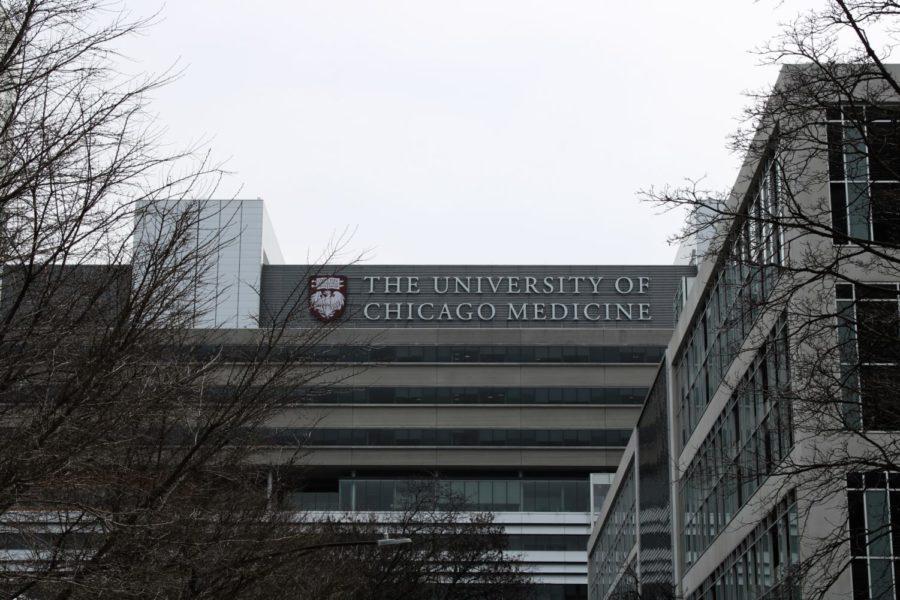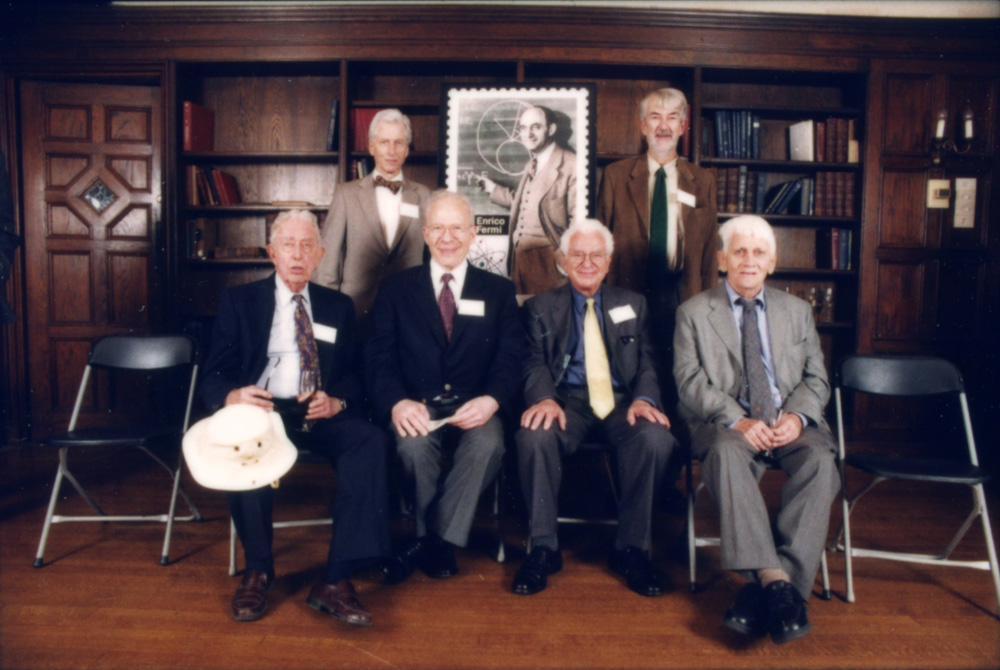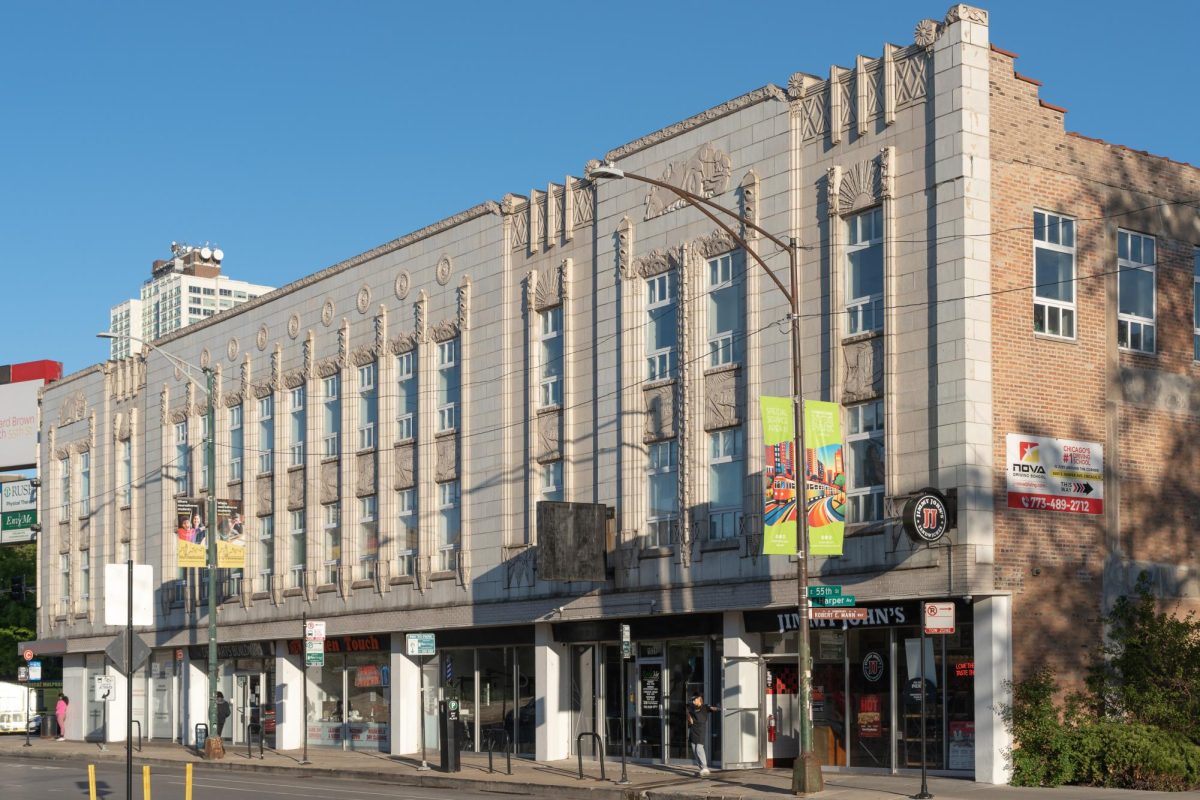Understanding the set of social factors that influence health outcomes is crucial to modeling the effects of the COVID-19 pandemic, according to University of Chicago health geographer Marynia Kolak.
In a talk on November 17 hosted by the Triple Helix, an undergraduate organization focused on the intersection of science and society, Kolak discussed the process of analyzing the impact of the COVID-19 pandemic using the social determinants of health (SDOH): opportunity, mobility, support, and advantage. With SDOH in mind, Kolak and her research colleagues at UChicago have built the U.S. COVID Atlas, which identifies and tracks hotspots at the county and state levels and helps communities predict the trajectory of the pandemic.
Kolak is the assistant director for health informatics and a lecturer in geographic information science (GIS) at the University’s Center for Spatial Data Science. She conducts research on the ways location and environment can affect individual health outcomes by combining sociological and scientific methods.
One misconception Kolak hopes to correct is that health is solely genetic. Rather, health is determined by a variety of factors, ranging from socioeconomic conditions to air quality, and these circumstances contribute to the health and wellbeing of people in a particular neighborhood.
To carry out the research, Kolak and her team compiled Social Vulnerability Index scores, census data at the census-tract level nationwide, and mortality data in Chicago. Among the variables they considered were age, education level, family structure, minority status, and access to health insurance.
Their findings have pointed to social factors, rather than the built or natural environment, as the most important determinants of health outcomes. For instance, more than 65 percent of the variation in premature deaths can be explained by SDOH alone.
The researchers’ statistics have helped them identify significant COVID-19 hotspots as well. Overlaying a map of Black Belt counties, which have a high proportion of Black residents, on existing COVID-19 data in the American South shows that the region experienced a disproportionately high number of cases and deaths compared to surrounding counties with a primarily white demographic. A similar disparity exists in Chicago, where 60649, a South Side zip code which is about 93 percent Black, has experienced the highest death rate. The two lowest death rates were found in 60610 and 60611, both predominantly white zip codes on the Near North Side.
Although Kolak has gained considerable insight into the pandemic with her recent research, overall, the quality of existing COVID-19 data sets varies; she predicted that the CDC will likely not have official information for another five years. “In a pandemic, we need data on a more immediate basis,” she said.
Kolak’s team has focused on bringing the available data together and presenting its patterns on an interactive dashboard, helping people track patterns in the spread of the coronavirus. At the statewide level, Illinois appeared to struggle in April, although the numbers were skewed by a large number of cases in Chicago. County-level modeling shows that the rest of the state fared better, but without robust protocols in place early on, those counties have experienced surges in cases in recent months.
A similar scenario has taken place in neighboring Wisconsin, which had significant cold spots in rural areas at the end of July. But as those communities became more relaxed about preventative measures, they became more vulnerable to subsequent spikes. Just as models had projected, cases ballooned just a few weeks later.
This phenomenon is not unprecedented, according to Kolak. “We see these same kinds of behaviors happen in things like hepatitis C infection rates or HIV infection rates,” she said. “In communities that have never had outbreaks in either of these infectious diseases before, they don’t take it as seriously, so any explosion or any kind of positive cases in those communities can then develop rapidly.”
Kolak, who has worked in both Chicago and Madison, Wisconsin, observed that cities have higher concentrations of analysts, data scientists, and epidemiologists, positions crucial to public health research. In rural areas, “you just don’t have that same level of cultural, social capital to generate that type of information. So there’s again a concern that not all groups could access sophisticated spatial-analytic tools to provide a meaningful surveillance,” she said.
Kolak also warned that some COVID-19 graphics have spread misinformation. “It’s more important now than ever before that we adhere to good principles, both in how we set up research projects [and] how we convey information,” she said.
The project has expanded recently to study new data metrics, such as the spread of the virus by congressional district and positivity rates by state.









